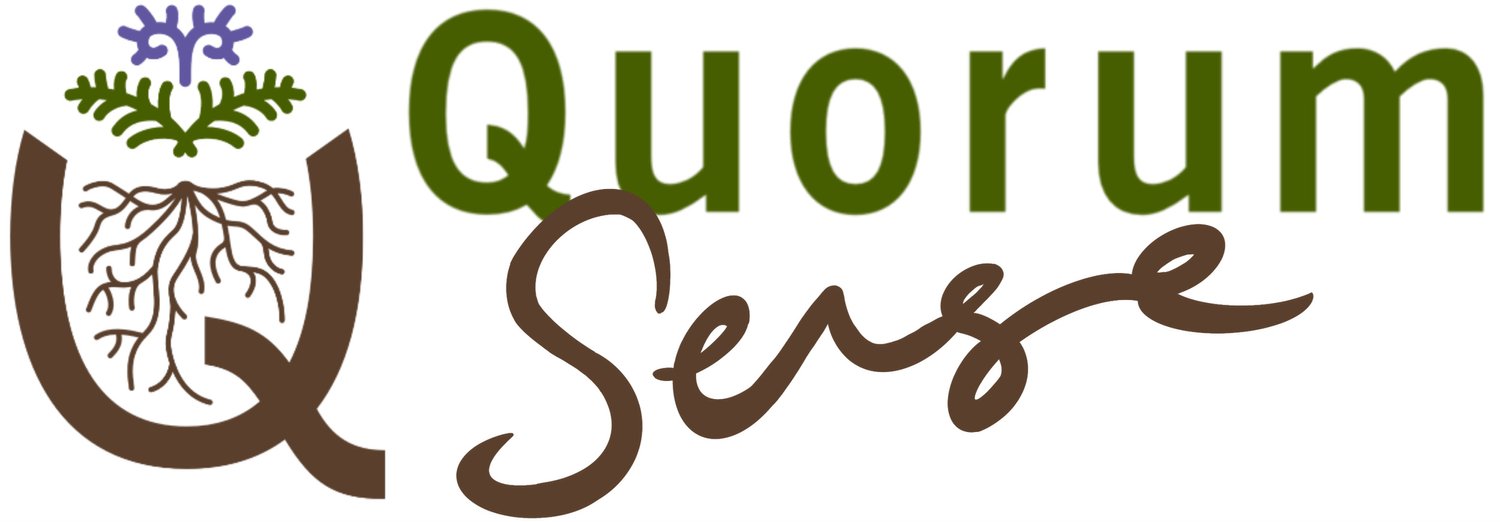Hay bale grazing vs baleage grazing: Is one better than the other?
Bale grazing is a practice originating from the High Plains of North America, which has recently been adapted progressively for the New Zealand agricultural landscape. With a three-year soil armour trial completed in Southland by AgResearch—and the Quorum Sense ‘Regenerative winter grazing innovations’ case study—bale grazing is gaining favour with dairy farmers and graziers of many livestock classes up and down the country.
While on-farm research is demonstrating positive outcomes for soil, animals and the environment, it’s important to stress that successful outcomes depend on design and management (as with most farming practices), which includes the type of bales used.
Not all bale grazing is created equal. The soil armour trial specifically used hay bale grazing as a wintering method and compared it to a kale monocrop. This article outlines why, at Quorum Sense, we will be changing our terminology from ‘bale brazing’ to ‘hay bale grazing’ from now on.
“The transition towards hay bale grazing should be treatd as a whole systems approach to a farm. And this includes a regenerative mindset of moving away from excessive plastic (baleage), machinery use and the wider implications to the environment.”
Mark Anderson, Southland dairy farmer
Hay bales laid out at Mark Anderson's Westridge Farm
What is bale grazing?
‘Bale grazing’ is increasing in popularity as a practice to improve soil armour (cover) in the winter. Maintaining pasture cover protects the soil from sediment runoff and damage to soil structure, leaving sufficient plants alive to recover quickly without mechanical interference. A certain number of standing bales are put out as winter feed for livestock, and managed in a way that improves soil outcomes, mainly from the bale litter left behind, and pasture recovery.
The hay bale litter also contains seed that germinates. The grasses established from the bale litter, combined with improved moisture retention, encourage soil biology to break down the litter. This in turn transforms the soil to become biologically active, improving nutrient availability, water infiltration, soil structure and pasture growth to name a few benefits.
Hay vs baleage
There are farmers using both baleage and hay bales when adopting bale grazing. This is an important consideration, depending on what you’re trying to achieve.
Using hay has benefits that baleage doesn’t.
Baleage can be added to increase feed quality in the case of poor or insufficient hay. But due to the increased palatability of baleage, cows will eat most of the offered feed and leave little as litter or to lie on. This consequently removes many of the benefits that hay litter provides. And any seed is fermented through ensiling, so won’t be viable.
Observations from the soil armour trial were based on hay bale grazing. In cold conditions, cows on hay bale grazing seem more settled with full bellies than on conventional winter crops—rumination creates body heat.
The hay bale litter also insulates the soil which influences cows to lie on the litter rather than bare ground, requiring less energy to maintain body condition and temperature. Observations also showed that due to the cows having access to feed 24 hours a day, they move around a lot less. This results in less soil and pasture damage due to pugging.
When thinking about soil conditioning and pasture recovery, the important difference is the use of enough hay (or straw) bales to allow for adequate loafing of all animals during the set stocked period (three days is a guideline) and allowing for 10-20% of the bale to be seen as litter for the benefit of the soil and recovery period.
If baleage is your only option however, the recommendation is to use drier, mature baleage with seed if possible. This might be the case for farmers in the deep south who struggle to make hay as late spring / summer weather might only give 3-4 days of drying. While not perfect, some farmers in this situation have been known to spread seed on the baleage litter post grazing to help with pasture re-establishment on these areas.
At the request of our community, we’ve drafted a best practice guide to hay bale grazing which provides technical information on design and management. This information purely acts as a best practice guide, providing principles and considerations for farmers taking a holistic approach to their farming system. This is not a recipe on how to do hay bale grazing.



